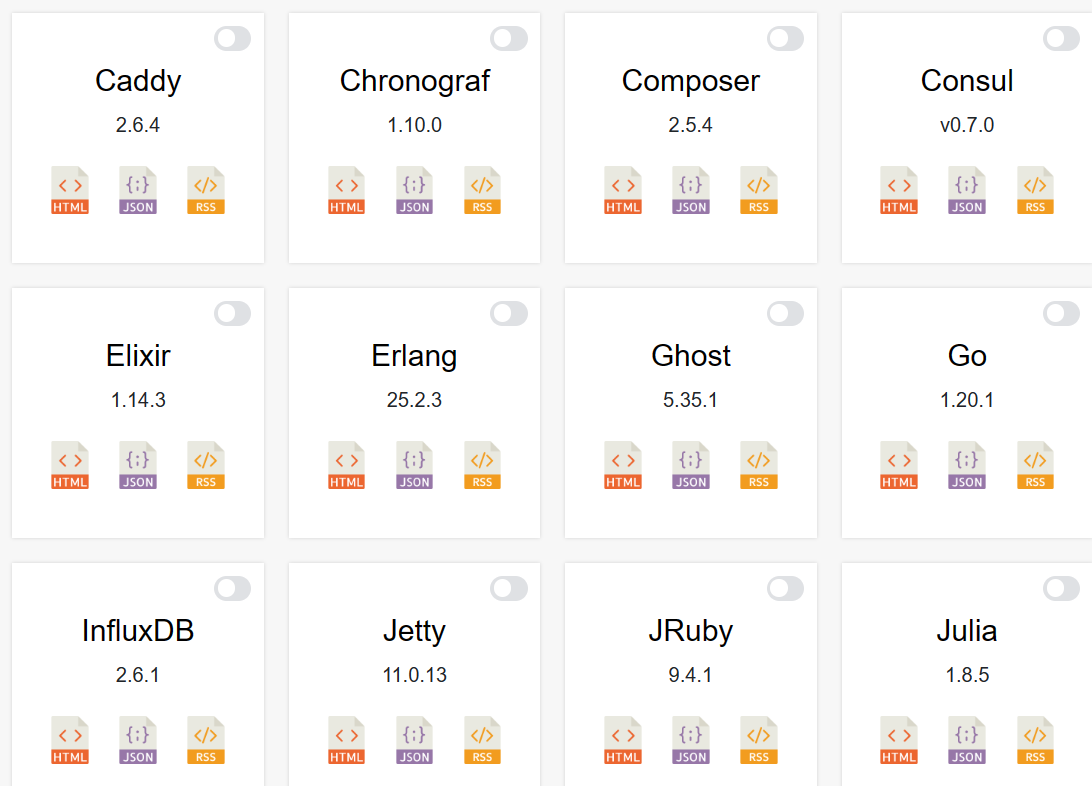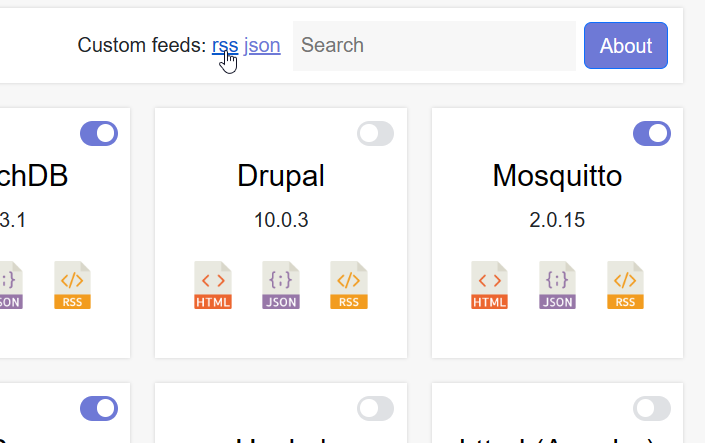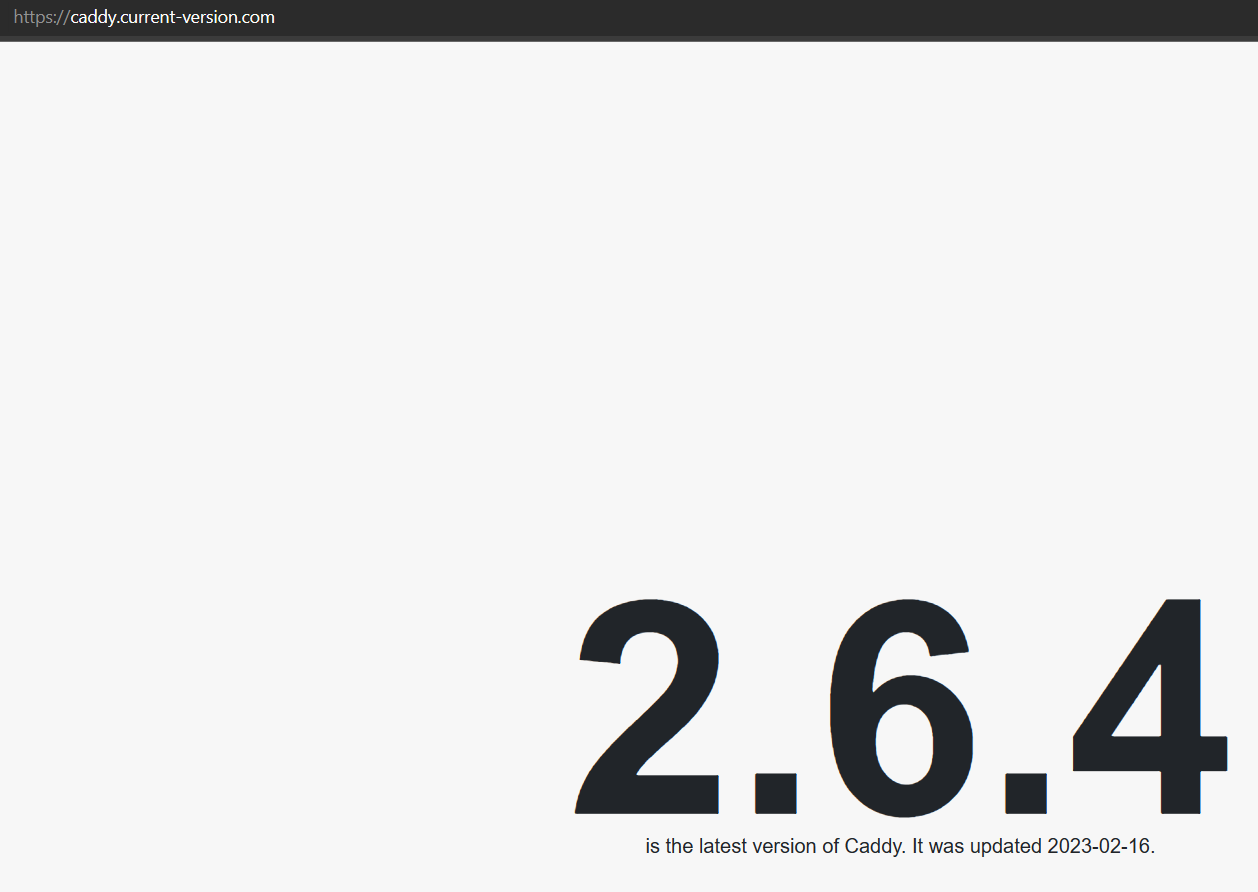Resource Spotlight: Current-Version.com
An online service with automated update feeds for databases, proxies, and other stack applications

In our experience, most self-hosted users have their own unique approach to updating applications. These strategies range from the self-hosted GigaChad who assigns specific tags to their containers while closely monitoring GitHub pages for new releases, to the wild card user who simply appends :latest to every container and lets Watchtower grab updates for anything and everything overnight (which we absolutely are not endorsing).
For those who tend to be more meticulous about their updates, meet current-version.com, an online service that provides automated update feeds for various support tools commonly found in technical stacks. The site is straightforward and its functionality simple – choose a method for interacting with the feed (HTML, JSON, or RSS) and copy the link to plug it into your own RSS reader or application that is able to parse the code. The feeds will automatically update every time an update is released.
For those who don't want to manage multiple links, an aggregate feed can be created for multiple tools by toggling the switch next to each desired tool's name and then selecting the Custom feeds links at the top of the page:

Clicking on the individual titles also redirects users to the tool's own dedicated current-version page that lists the current version and the most recent date it was updated:

The site tracks a number of tools commonly found in self-hosted stacks, including:
- Reverse Proxies (Caddy, HAProxy, NGINX, and Traefik)
- Databases (MariaDB, MySQL, MongoDB, and PostgreSQL)
- Content Management Systems (Ghost and WordPress)
- In-Memory Caches (Memcached and Redis)
...and more.
There may be other ways to monitor applications like these for updates, but none (that we're aware of) are as streamlined or versatile as the options provided by current-version. If you're not sure how to implement this into your own workflow, stay tuned – we'll be posting an article later this week outlining our favorite ways to monitor and update our own applications using tools like current-version.com.
Thanks, and happy selfh.st/ing!


Comments